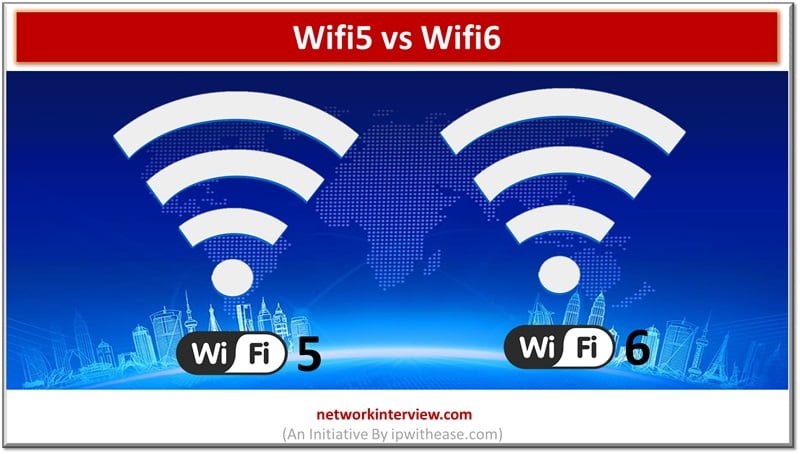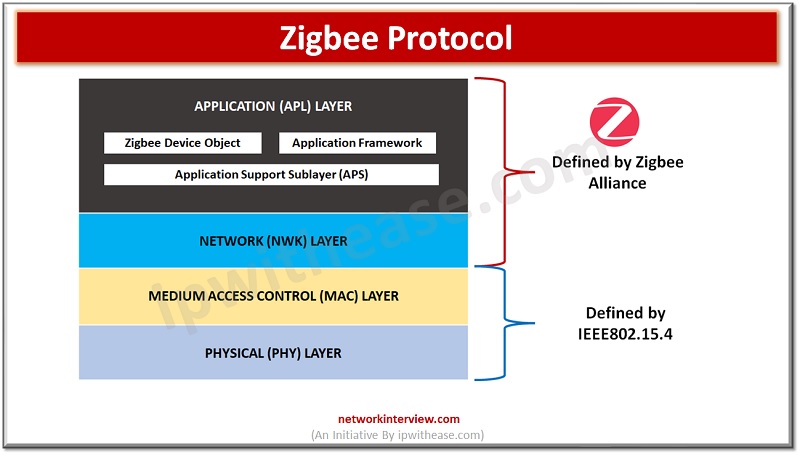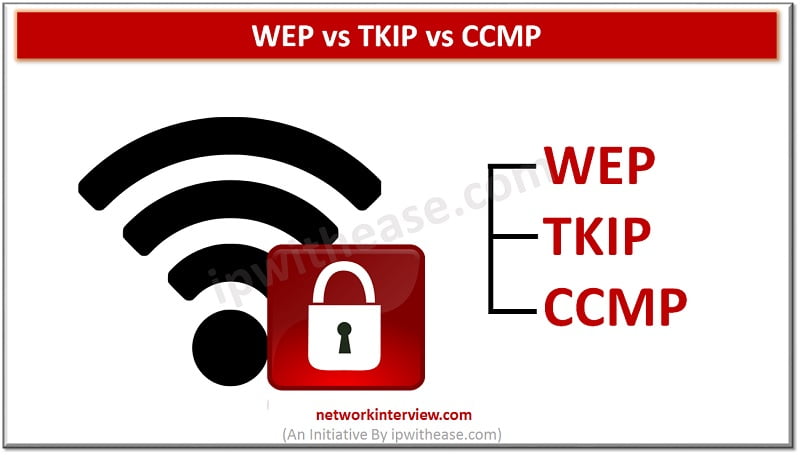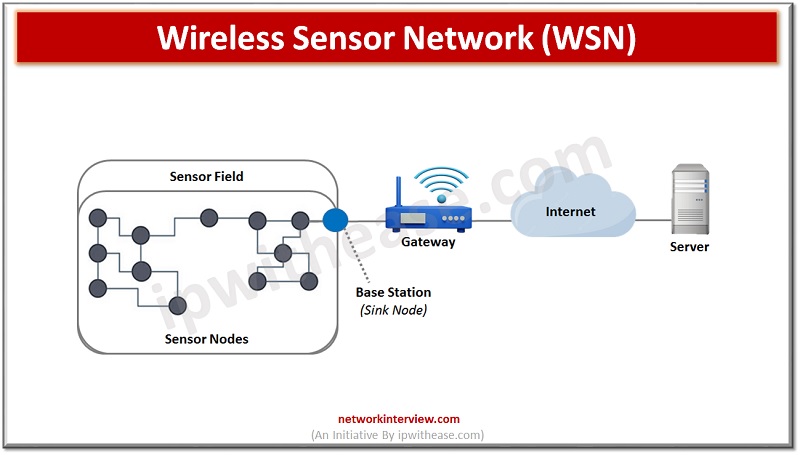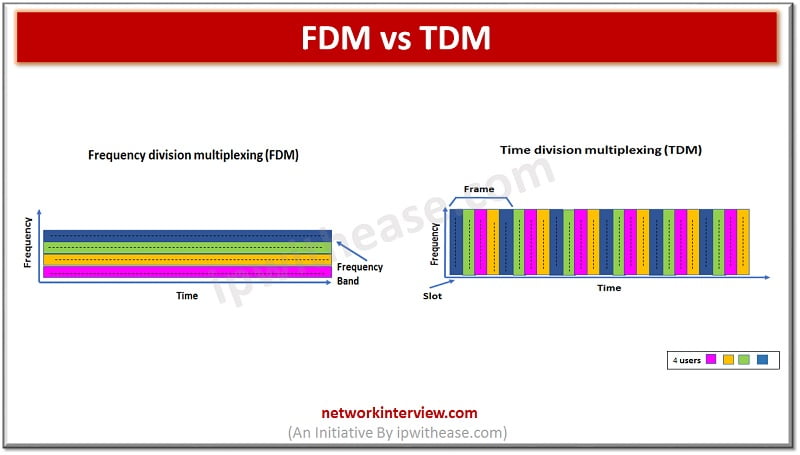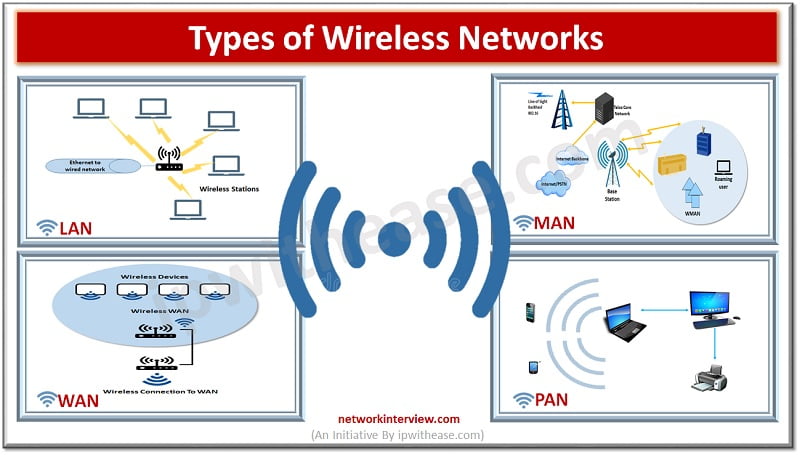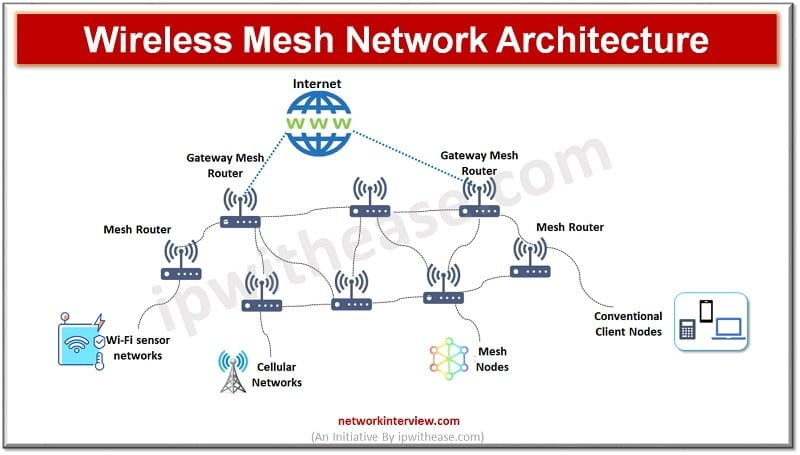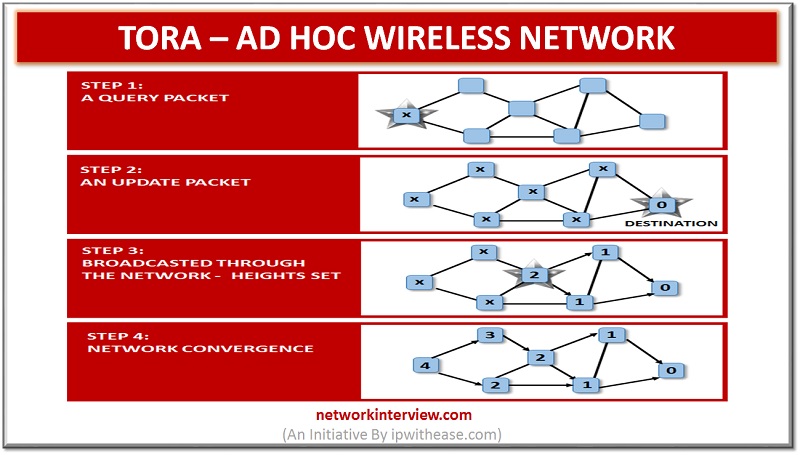Choosing the right WiFi standard can significantly impact your internet experience. In this article, we’ll explore the differences between WiFi5 vs WiFi6 to help you determine which network device support is right for you. Understanding these differences will help you …
Zigbee is a wireless protocol that enables smart devices to communicate with each other over a Personal Area Network (PAN). It is widely used in home automation systems to control various devices such as light bulbs, sockets, locks, motion sensors, …
Understanding each Encryption Technique When we dive in-depth to explore more about wireless key management and encryption technologies, then we would find that network protocols play an imperative part in it. As we are dealing with the technologies that are …
Wireless sensor networks (WSNs) have been around for decades, and their importance has only grown over time. WSNs are used for monitoring, gathering and transmitting data from various sources, such as temperature, humidity, air quality and more. They are also …
Introduction to Frequency division multiplexing (FDM) & Time division multiplexing (TDM) Transmission of signals over channels can be performed in different ways. There are different multiplexing techniques such as Frequency division multiplexing (FDM) and Time division multiplexing (TDM) which allows …
Introduction to Wireless Technology Wireless technology has grown tremendously over the years. New and emerging technologies such as robots, drones, self-driven vehicles, new medical devices are coming into existence which is the need of Internet of Things (IOT) which will …
Network is a collection of systems, software, and hardware which all are connected to provide services to its users and work together. A network comprises systems connected via cables or wireless connectivity. Specialized software, and devices to manage data traffic. …
The requirements which demand less mobility and low cost within a radio range are ideal for people connected with the Internet who work in remote areas and operating businesses. These are: self-healing nature and integration with various different networks which …
Introduction to Rivet Networks In the IT community, Bigfoot Networks was a startup company that devoted their main services to provide lower packet latency with a prototype “network gaming accelerator” device, before delivering their technology solution under the well-known Killer …
Wi-Fi has become the saviour in Covid-19 times and an absolute necessity for remote working. More and more people are working from home and using Wi-fi networks. Wi-Fi analysis is a crucial and ongoing process to monitor Wi-Fi infrastructure and …
Temporally Ordered Routing Algorithm is abbreviated as TORA which is a source that is initiated on demand routing protocol. The invention of this protocol was done in 1997 by Vincent Park and M. Scott Corson who belongs from the university …
VPRN (Virtual Private Routed Network) is a Multipoint-to-Multiponit Layer 3 VPN Service that connects multiple branches in a single logical routed architecture over IP/MPLS network of a Service Provider. This is called Layer 3 VPN generally, but Alcatel-Lucent define this Layer 3 VPN as VPRN(Virtual Private Routed …

